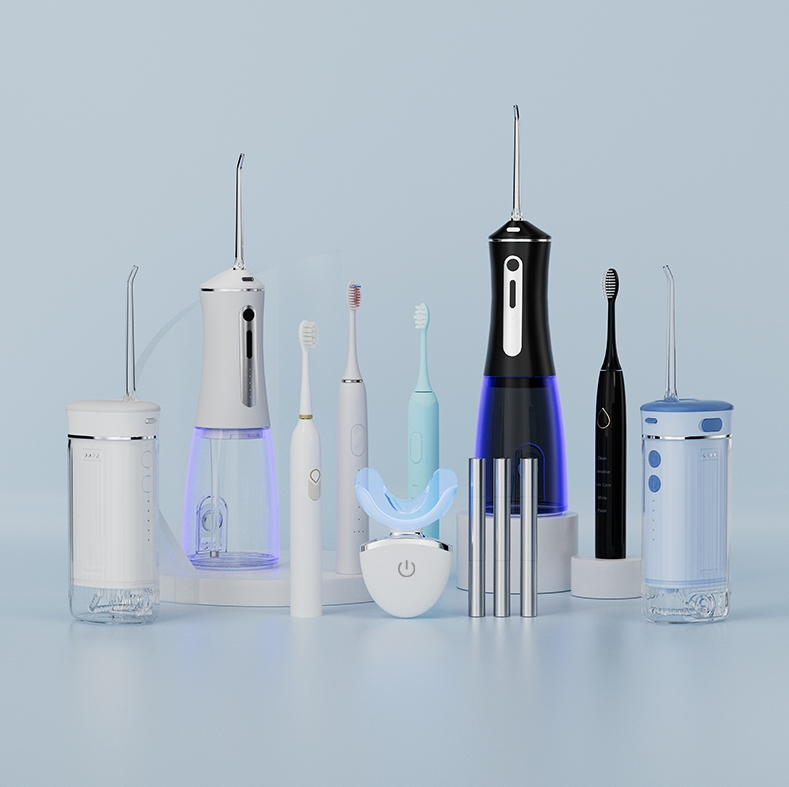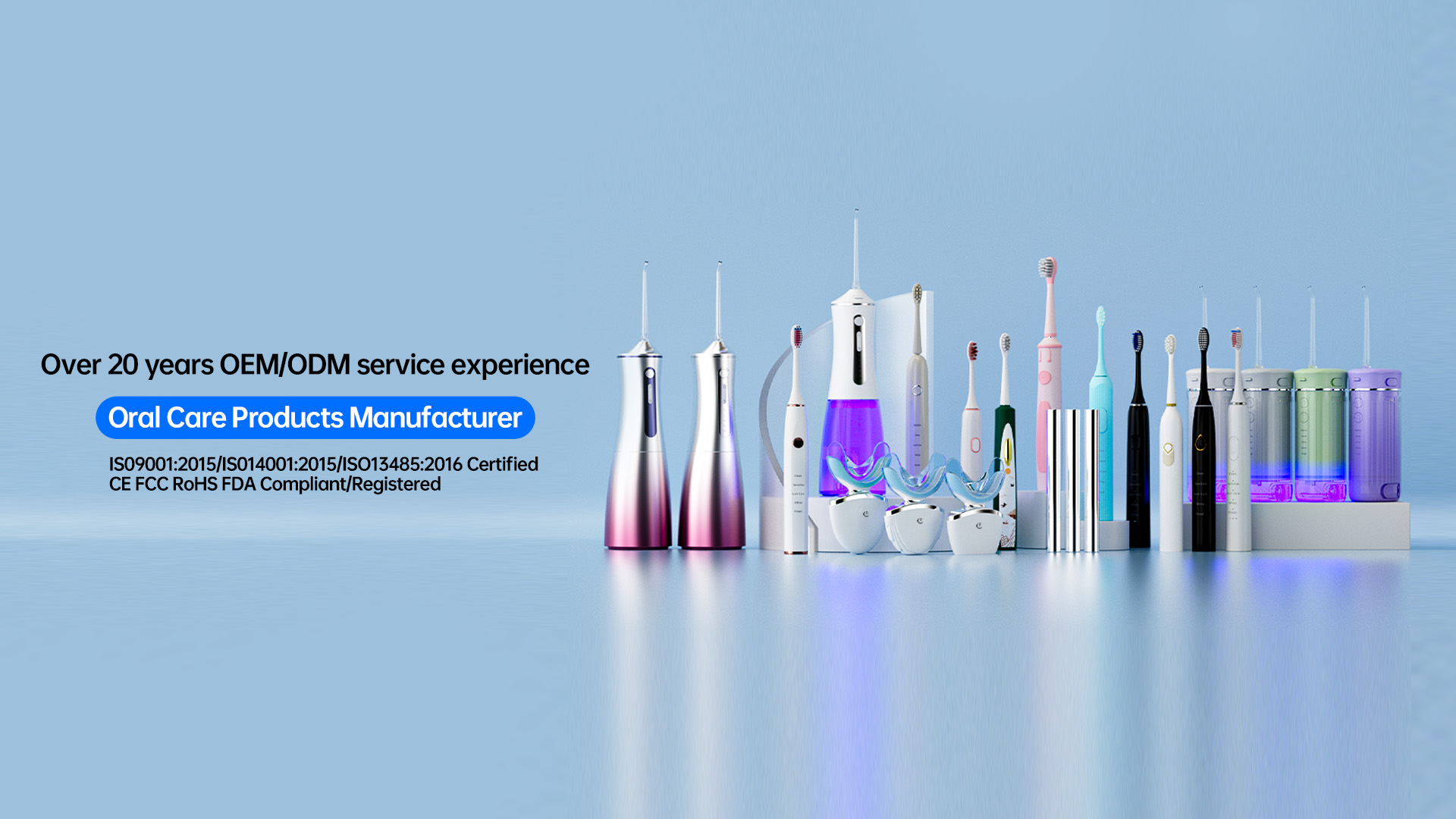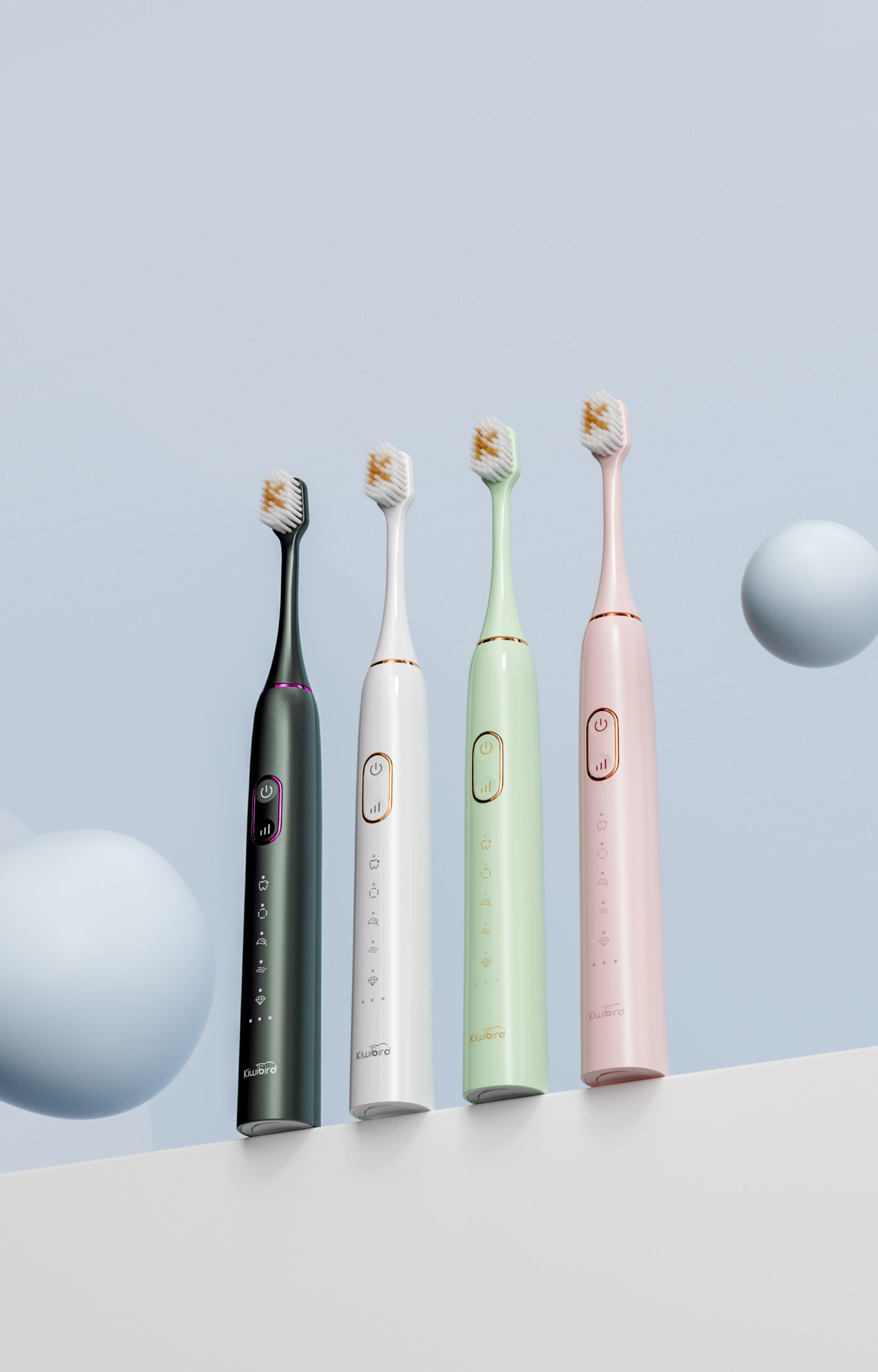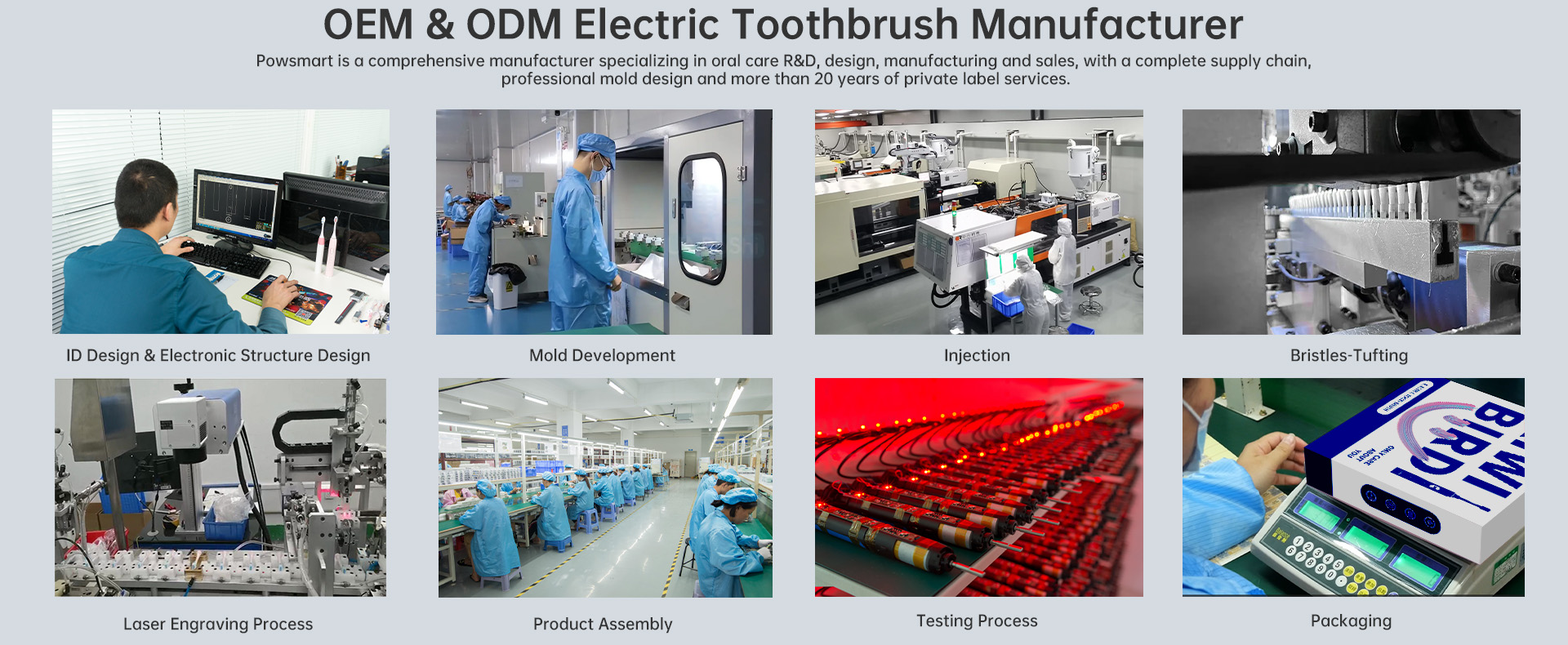In the development of oral care devices and formulations, taste distortion and pH imbalance are often treated as isolated quality control challenges. However, in recent field analyses, a worrying trend emerges: these two phenomena frequently coexist, forming a feedback loop that exacerbates both user discomfort and product performance risks. Is this merely coincidence—or an indication of a deeper design flaw that could harm end-user perception and safety?
pH imbalance occurs when the acidity or alkalinity of a device’s interface—whether in its cleaning solution, water flow, or even surface coating—deviates from the neutral levels compatible with the oral environment (typically pH 6.5–7.5). Such imbalance can arise from:
When left unchecked, this imbalance can disturb the natural equilibrium of the user’s oral biome, leading to irritation, biofilm disruption, or increased sensitivity.
Taste distortion refers to a perceived alteration or metallic taste during or after use of a device. This may be caused by:
While it may seem a minor issue, sustained taste alteration can significantly reduce compliance and customer satisfaction—especially in therapeutic or daily-use devices.
Here lies the real concern: pH imbalance and taste distortion can create a vicious cycle. For example:
Manufacturers must view these not as separate quality metrics, but as interdependent indicators of system integrity.
To break the cycle between taste distortion and pH imbalance, OEM developers should consider:
Design strategies must prioritize user interface zones, where even minor pH shifts can be magnified by direct mucosal exposure.
While lab data may show acceptable thresholds, real-world use often reveals compounded effects. Thus, testing protocols should include:
OEMs working with ODM partners should demand comprehensive sensory and chemical evaluations—especially for new material introductions or formula upgrades.
Beyond technical issues, unresolved taste distortion or recurring pH imbalance can raise:
Prevention, therefore, is not just a quality concern—it is a brand protection strategy.
Taste distortion and pH imbalance are more than mere sensory inconveniences. Together, they represent a systemic flaw that can compromise product quality, user health, and long-term trust. By prioritizing robust design validation, selecting the right materials, and implementing dynamic testing, manufacturers can disrupt this cycle—before it damages their product reputation or the user experience. Contact Kiwibird
-300x300.jpg)
-300x300.jpg)
Indicator Failure Leading Periodontal Pocket Deepening – Undetected?
Adapter Overheating with Circuit Shorting – Fire Risk?
Pump Seizure Plus Gingival Abrasion – Critical?

Oral care beauty trend :How Oral Care Became Beauty’s Sexiest New Category
Valve Jamming Causing Salivary Alteration – Fixable?
-2-scaled.png)
Small Business – Health & Household Oral Care Products

Are Oral Care Products Suitable for TK Small Businesses?

2025 Electric Toothbrush Promotional Sale: Opportunities for Brands to Scale with the Right Manufacturer

Ultrasonic electric toothbrush
.jpg)
Proven Strategies to Unlock Premium Water Flosser Brands Positioning

What’s Driving the Oral Care Category Now?

Competitive Wholesale Oral Care Products for Your Store – Bulk Deals & OEM Options
pH Imbalance Plus Taste Distortion – Toxic?

The Growing Potential of the Oral Care Business: Trends, Opportunities & Market Insights
.jpg)
KiwiBird Launches Bulk Personalized Toothbrush Customization Service, Redefining Oral Care

Professional electric toothbrush factory

Electric toothbrush heads Charcoal Infused-Diamond

electric toothbrush heads Ultra Soft
.jpg)
Florida Electric Toothbrush – Powsmart PTR-C8

electric toothbrush heads Deep Clean

electric toothbrush heads Charcoal Infuse-Round

electric toothbrush heads Regular Clean

Private Label Whitening Gel

Customization Teeth Whitening Gel
whstapp
whstapp
National Toll-Free Service Hotline
+86 755 86238638